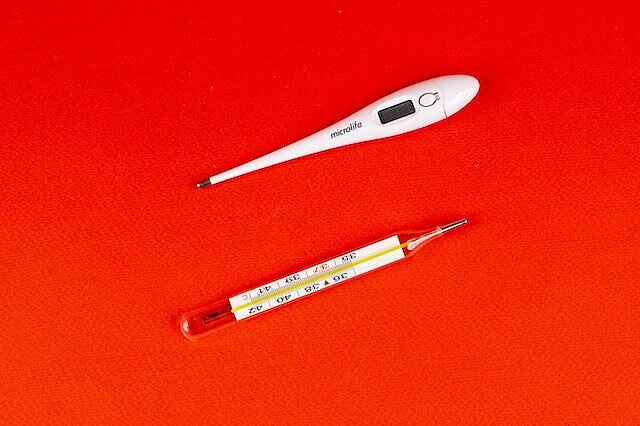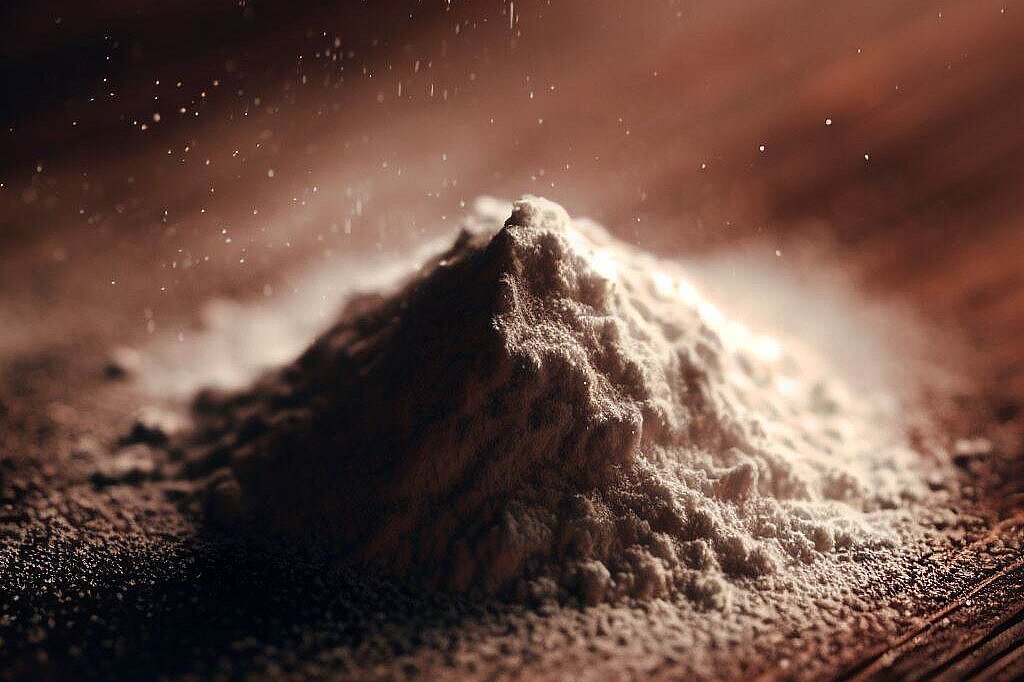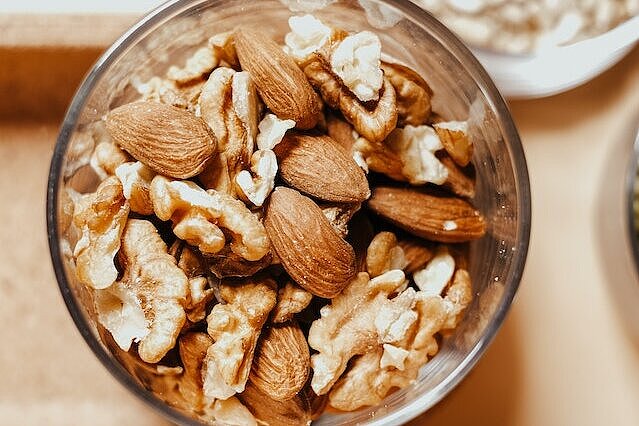Cadmium

What is cadmium?
Cadmium is a silvery-white metal that is chemically similar to zinc. It has a low melting point and is easily malleable. Cadmium is mainly used for batteries, alloys, paints and plastics. However, it is also a by-product of zinc, lead and copper extraction.
Cadmium occurs naturally in the earth's crust, but in very low concentrations. However, it can be released through erosion, volcanic activity or forest fires. Cadmium also enters the environment through human activities such as mining, burning coal and waste or fertilization. Cadmium can accumulate in the soil, water and air and thus enter the food chain.
How does cadmium get into dog food?
Cadmium can end up in dog food in various ways. On the one hand, it can be introduced through the use of contaminated raw materials such as grain, meat or offal. Secondly, it can be transferred through the processing or storage of the food. For example, metal containers, machines or packaging can contain or release cadmium.
The amount of cadmium in dog food depends on many factors, such as the origin, quality and composition of the ingredients, the manufacturing process and the manufacturer's control measures. There are legal limits for cadmium in pet food, but these are not always adhered to. As a result, dog food may be recalled if it is found to exceed these limits.
What are the benefits of cadmium in dog food?
Cadmium has no known benefits in dog food. It is not an essential trace element and has no positive effect on a dog's health or well-being. On the contrary, cadmium can be harmful if ingested in excessive quantities.
What are the disadvantages of cadmium in dog food?
Cadmium has several disadvantages in dog food. Firstly, it can lead to acute poisoning if the dog eats a large amount of cadmium at once. This can lead to symptoms such as vomiting, diarrhea, loss of appetite, lethargy or convulsions. In severe cases, liver or kidney damage or even death can occur.
On the other hand, it can lead to chronic poisoning if the dog ingests small amounts of cadmium over a longer period of time. This can lead to an accumulation of cadmium in the body, especially in the kidneys, liver and bones. This can lead to symptoms such as weight loss, anemia, high blood pressure or osteoporosis. Cadmium can also weaken the immune system and increase the risk of cancer.
How can you avoid cadmium in dog food?
There are a few ways you can avoid cadmium in dog food. Firstly, you should find out about the quality and origin of the food before you buy it. For example, you can look for seals of approval, certificates or test reports that guarantee compliance with quality standards and limit values. You should also read the label on the food and check the list of ingredients. You should avoid dog food that contains artificial colors or preservatives that may contain cadmium. You should also avoid dog food that contains seaweed, seaweed or seaweed meal, which may contain cadmium. Thirdly, you should store and feed the dog food correctly. You should store the food in a dry, cool and dark place and not in metal containers. You should not use the food beyond the best-before date and should not leave any leftovers.
Cadmium is a heavy metal that occurs in small quantities in the environment, but can also enter the food chain through human activities. Cadmium has no benefits in dog food, but can lead to health problems if ingested in excessive amounts. You should therefore avoid cadmium in dog food by informing yourself about the quality and origin of the food, paying attention to the list of ingredients and storing and feeding the food correctly.
Properties 6
Are you looking for other ingredients with a specific property?
Just click on them to find more.
If you notice any signs of hypersensitivity or poisoning in your dog, you should see your vet immediately. We are not a substitute for a vet, but we try to be as accurate as possible. Every dog reacts differently and we recommend you get a second opinion or consult your vet if in doubt.
Stay healthy and take good care of your four-legged friend!😊
Similar to Cadmium
What is mercury? Mercury is a silver-white, liquid metal that occurs in nature. It is used for various purposes, for example in thermometers, batteries or fluorescent lamps. However, mercury can also...
Arsenic is a semi-metal that exists in various compounds. There are organic arsenic compounds, which contain carbon, and inorganic arsenic compounds, which do not contain carbon. Organic arsenic...
Chromium is a naturally occurring chemical element. It is a trace element, which means that it only occurs in very small quantities in the body. Nevertheless, it is required for many vital...
Your dog's copper requirement depends on various factors, such as its age, size, coat type and health. Generally speaking, dogs need about three times the amount of copper that humans need in...



